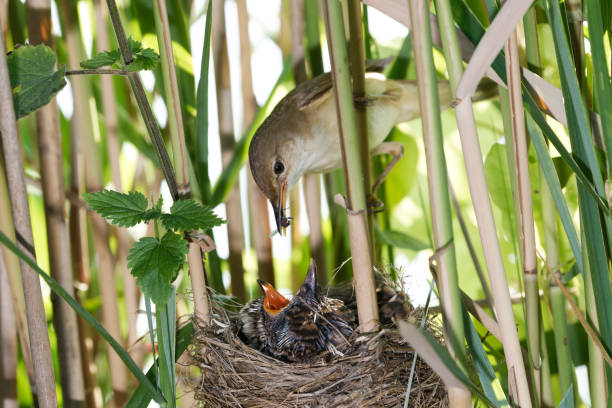There’s always something happening at Tice’s Meadow, regardless of the season.
But April and May are truly exciting months, as spring blossoms and all the summer migrants arrive.
Swifts have been spotted over central Farnham, Nightjars have returned to Crooksbury Common, and at Tice’s the warbler complement is now complete.
The Sedge, Reed and Garden Warblers have returned from sub-Saharan Africa to join the early arrivals, the Chiff-chaff and Blackcap, and the permanent resident, the Cettis Warbler.
The biology of this latter bird is fascinating. It was not recognised as a British bird until the first confirmed record at Titchfield Haven in Hampshire in the spring of 1961.
There followed a steady influx with numbers increasing rapidly after the first breeding was recorded in 1972. There were 80 singing males in England in 1972 – now there are more than 3,000.
Few birds have moved from extreme rarity to local abundance in so short a time and it is suggested that this phenomenon is related to global warming.
Just as the Warblers are returning from their African adventurers, another migrant is returning to our shores. One of which used to case a correspondence in The Times and is famous for its song and extraordinary breeding behaviour.
I refer, of course, to the Cuckoo, the sole obligate brood parasite to breed in the country.
It has several adaptations which enable the species to be successful. With its long wings, tail and barred breast it resembles raptors which may spook some host birds. Secondly, it can spot a vacant nest, fly to it, lay an egg and depart in less than one minute.
It is claimed that female cuckoo chicks imprint on their host parent and lay eggs which closely resemble those of the hosts. The main hosts are Meadow Pipits, Reed Warblers and Dunnocks.
Female cuckoos will lay up to 35 eggs in a season in different nests. The newly hatched cuckoo chicks are adapted to remove eggs and other chicks from their nest by having strong legs and a curved back which enables them to manoeuvre the competition out of the way.
They are then able to mimic the sound of several chicks so the hosts continue to feed them.
Their growth rate is extraordinary, reaching ten times their hatching weight in a week. They are able to leave the nest 17 days after hatching but they are dependent on their hosts for a further two to three weeks.
Meanwhile, the parents of this offspring are swanning around their territories preparing for the return flight to West Africa, building up their bodies by feeding on hairy caterpillars which are generally avoided by other species.
They start wandering off in late June while their young begin their southward migration in August. It is with a sense of awe that I contemplate how the youngsters know how to get to Africa.
Next time I hope to write about another amazing bird which has been actively helped by the Tice’s Meadow Bird Group – the Swift.







Comments
This article has no comments yet. Be the first to leave a comment.